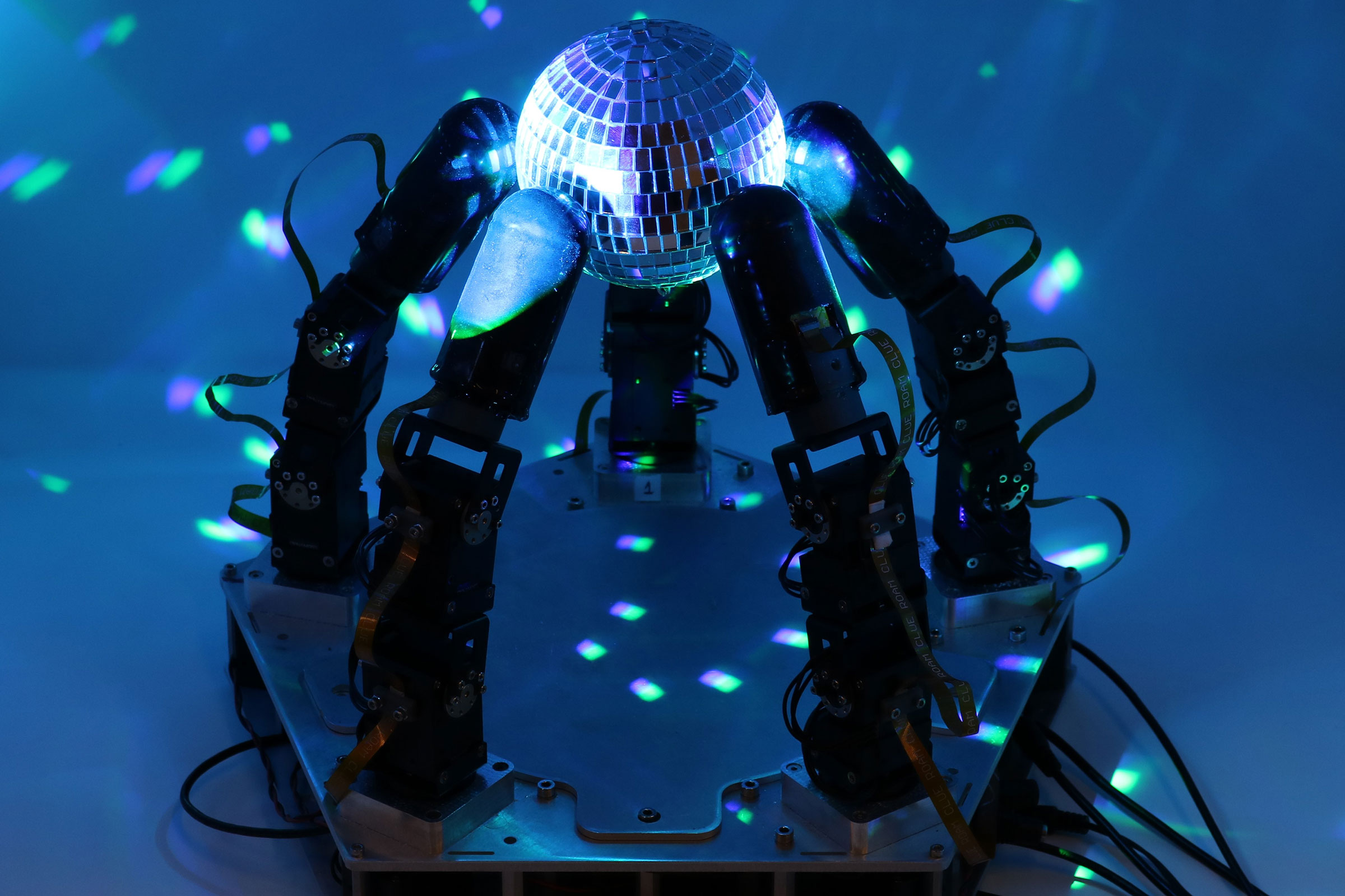These are independent reviews of the products mentioned, but TIME receives a commission when purchases are made through affiliate links at no additional cost to the purchaser.
Robots have revolutionized large parts of our lives—but they sweat the small stuff. Ask a bot to handle an item like a tennis ball or TV remote, and it struggles with dexterity. Researchers at Columbia University, led by associate professor Matei Ciocarlie, are addressing that issue. They’ve created a robotic hand that, in addition to 15 independently actuating joints, has sensitive touch sensors at the end of its “fingers.” An AI learning algorithm takes in touch data and analyzes how the object is likely to move in the hand’s grip, before sending signals to the joints to move. “You bring all of these things together, and that’s how you get a really dexterous robot hand,” says Ciocarlie.
More Must-Reads From TIME
- The 100 Most Influential People of 2024
- How Far Trump Would Go
- Scenes From Pro-Palestinian Encampments Across U.S. Universities
- Saving Seconds Is Better Than Hours
- Why Your Breakfast Should Start with a Vegetable
- 6 Compliments That Land Every Time
- Welcome to the Golden Age of Ryan Gosling
- Want Weekly Recs on What to Watch, Read, and More? Sign Up for Worth Your Time
